- Category
- Life in Ukraine
As Russian Missiles Fall, Ukraine’s Port Crews Keep Grain Exports Moving: Exclusive Photos
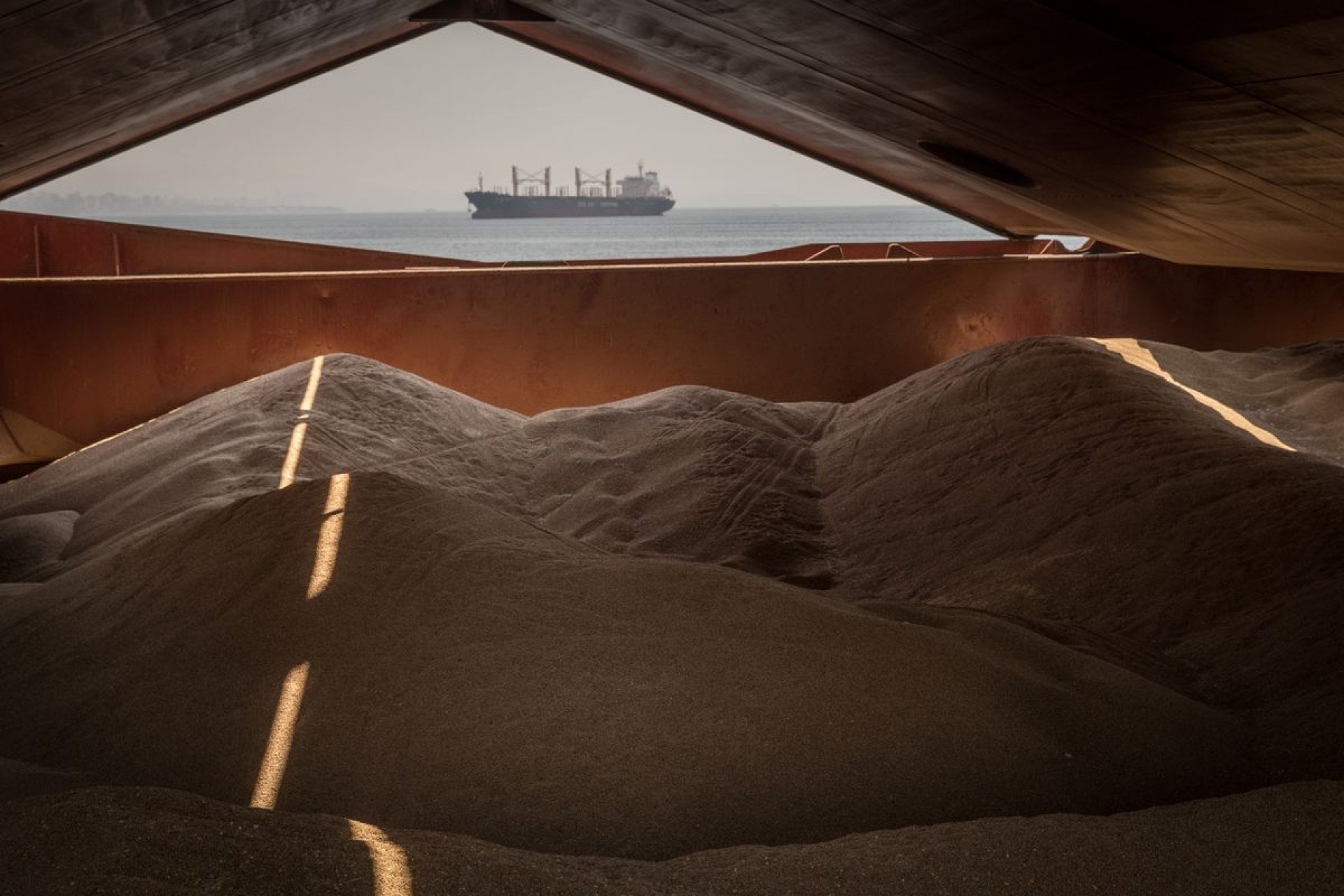
Since the start of Russia’s full-scale invasion, Ukrainian port workers have operated under constant threat. Every departing vessel carries the risk of being struck, and every container and grain truck moves under the wail of air raid sirens. And yet, grain continues to leave the ports of Odesa.
After Ukraine launched Maritime Corridor—secured by the Ukrainian military and its partners—the ports of Greater Odesa have processed 120 million tons of cargo, including 76 million tons of agricultural products, the Development Ministry reported on May 12. These exports are vital to Ukraine’s economy and to global food security.
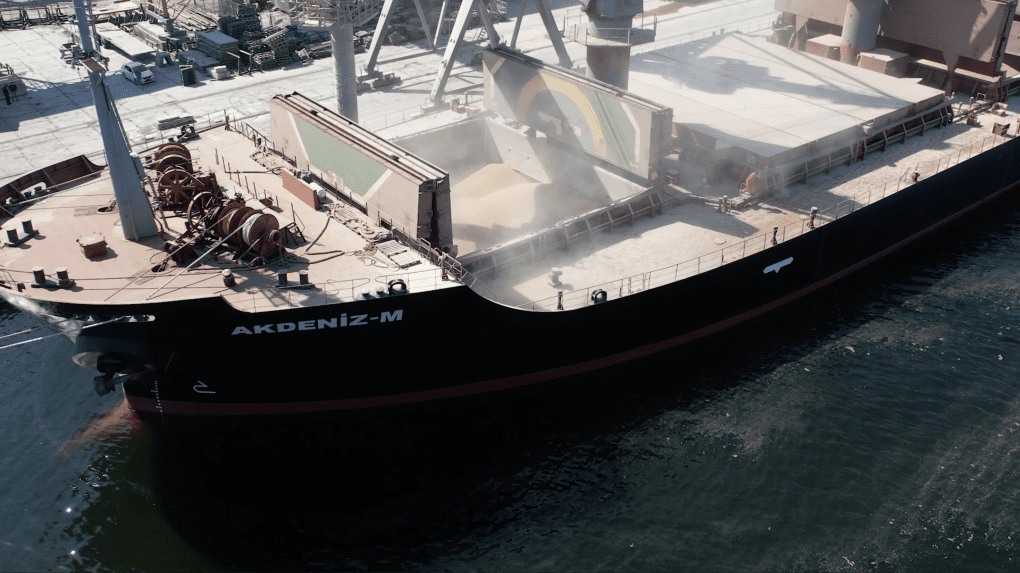


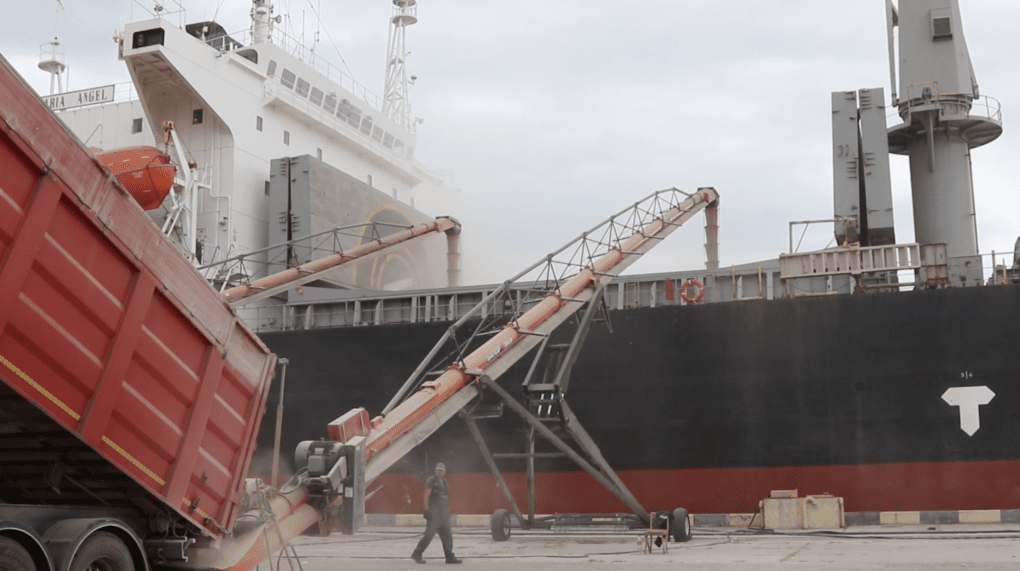
Ukraine remains a key player in the global grain market, particularly in wheat, corn, and barley, as well as sunflower oil. In 2021, it ranked as the world’s sixth-largest wheat producer and fifth-largest wheat exporter.
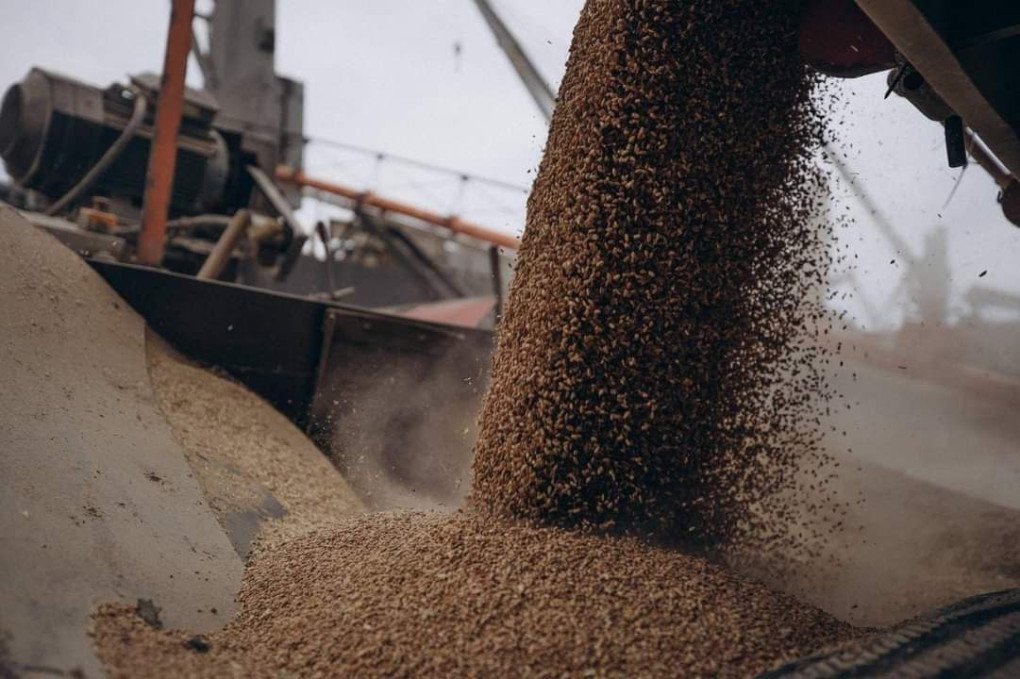
Tons of grain leave Odesa’s ports and cross the Black Sea, which Ukraine has worked to clear of Russia’s missile-laden naval presence. Through the “Grain from Ukraine” initiative, significant volumes of food are sent from a war-torn country to regions grappling with hunger and malnutrition. With support from the UN, Ukraine has sent 170,000 tons of wheat to Ethiopia, Somalia, Yemen, and Kenya.
The toll of Russia’s war has been immense. In 2024 alone, the Odesa region endured more than 800 air raid alerts. Port crews spent the equivalent of 32 full days in bomb shelters. Since July 2023, Russia has damaged or destroyed more than 400 port infrastructure facilities and 38 civilian vessels. Over 106 civilians have been injured in Russian strikes on port operations. The latest attack killed at least three people.

Russia’s continued bombardment of Odesa seems to be aimed at crippling Ukraine’s grain exports—striking storage sites, ports, and vessels. The goal: to undermine Ukraine’s economy and inflate global food prices. Despite the repeated attacks, Russia has faced no sanctions on its own food exports.
In the face of this sustained assault, resilience has become routine. Port infrastructure runs not just on concrete and steel, but on the people—people who sweep grain, steer tugboats, load ships, and show up every morning despite knowing full well the risk.
And so, the corridor holds. Ukraine’s ports continue to operate under extraordinary pressure, ensuring that critical exports reach the world. On the 12th anniversary of Ukrainian Sea Ports Authority, the country honors those who make that possible.





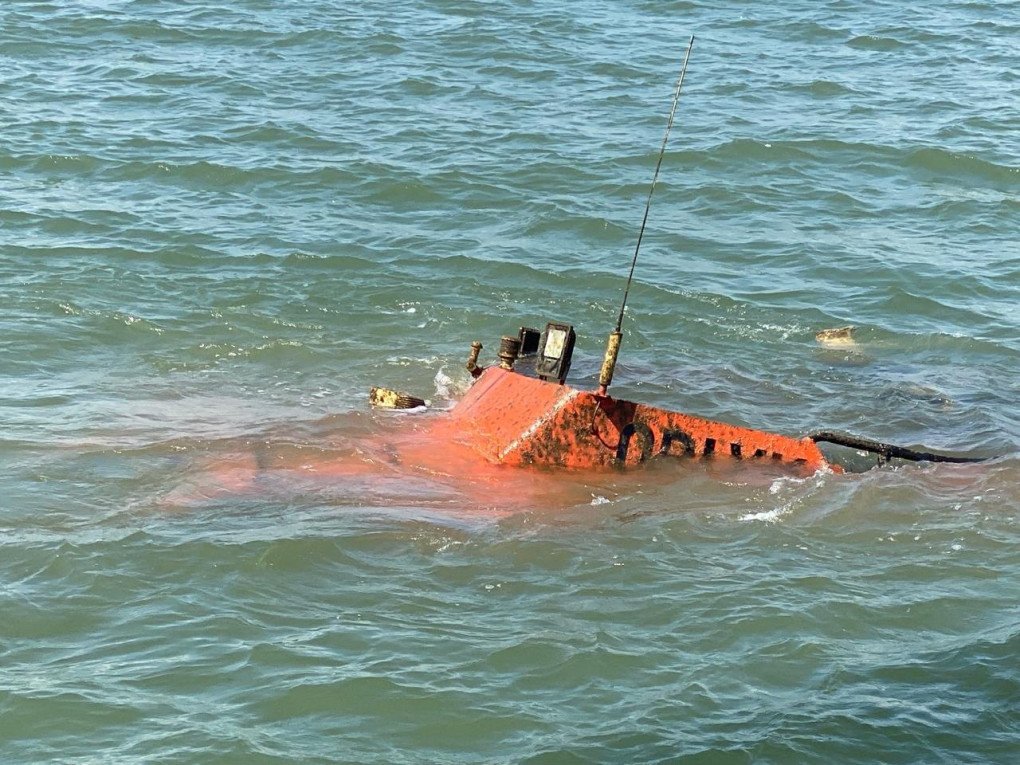
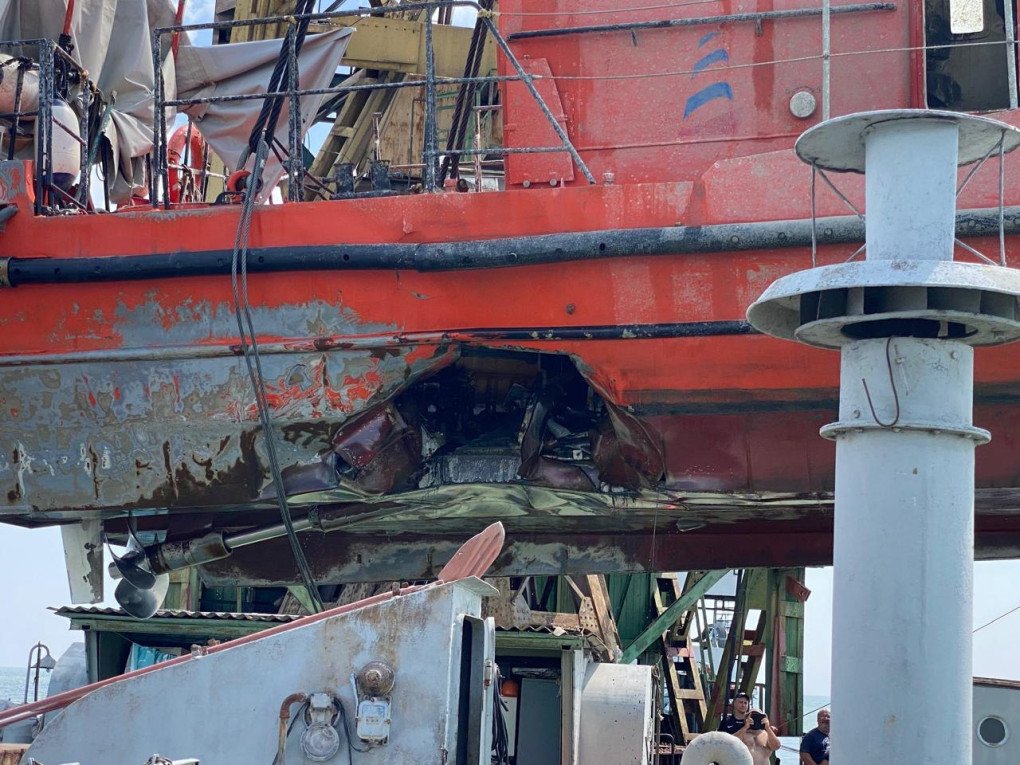
-b63fc610dd4af1b737643522d6baf184.jpg)


-554f0711f15a880af68b2550a739eee4.jpg)

-ba02b3bc86f0b624f99115809a6a34d0.jpg)

-73e9c0fd8873a094288a7552f3ac2ab4.jpg)